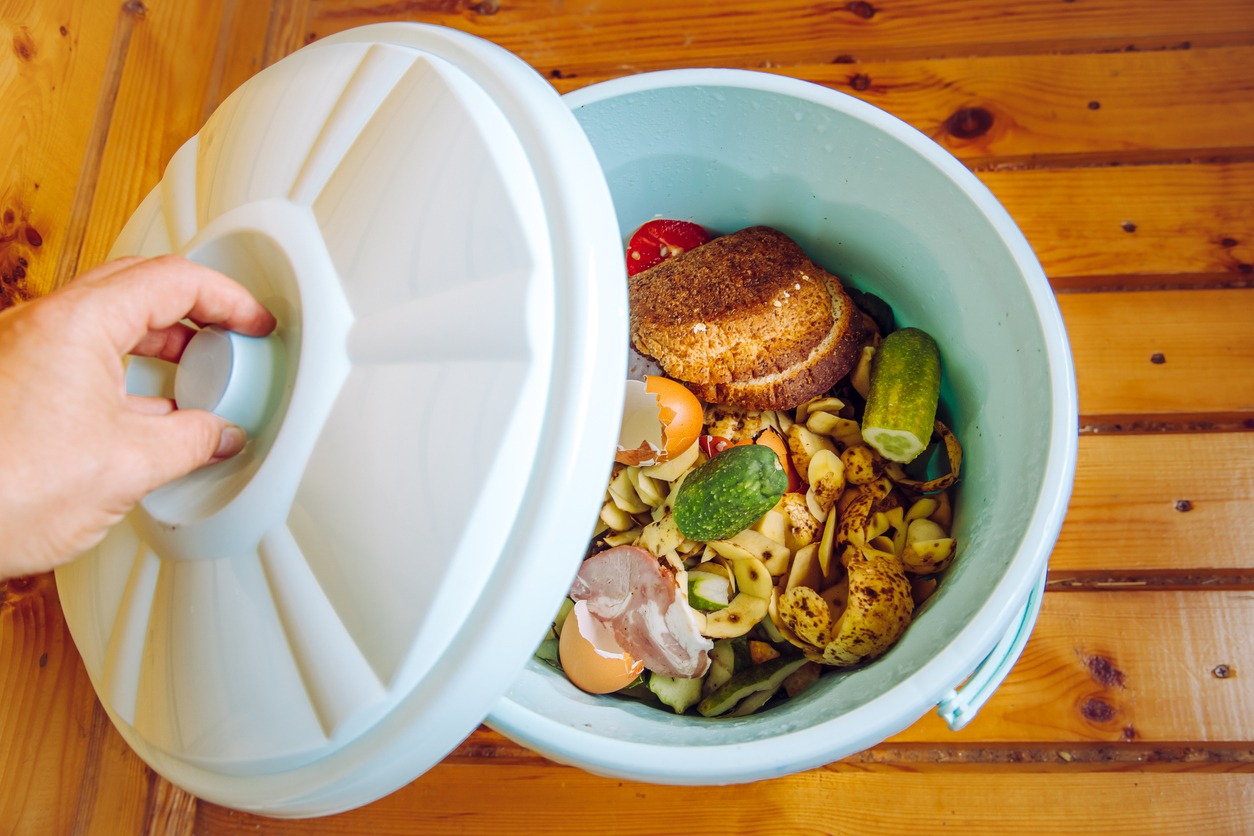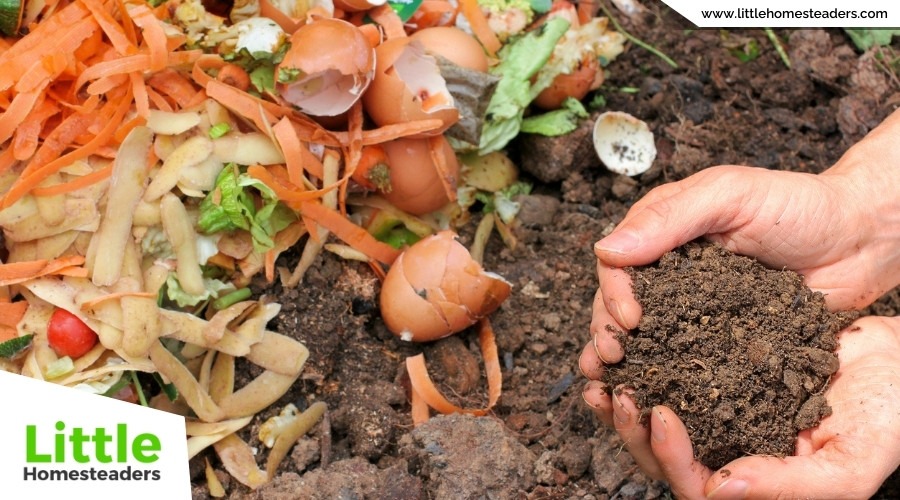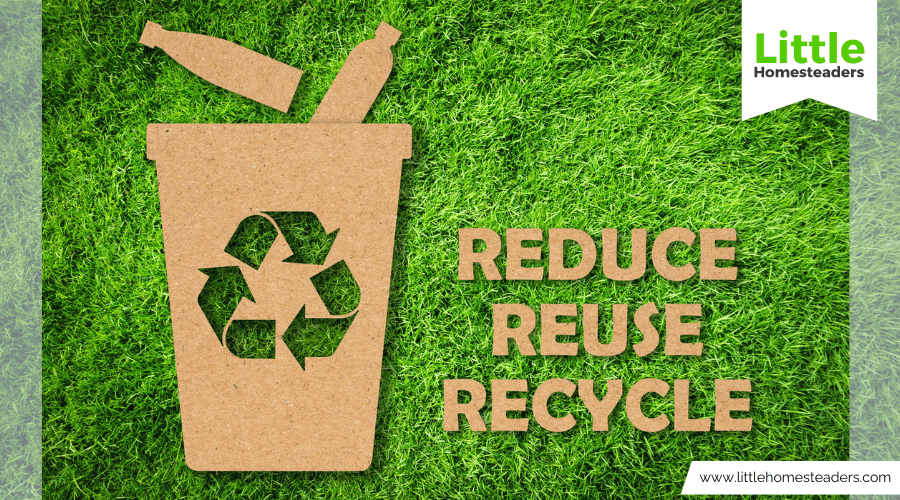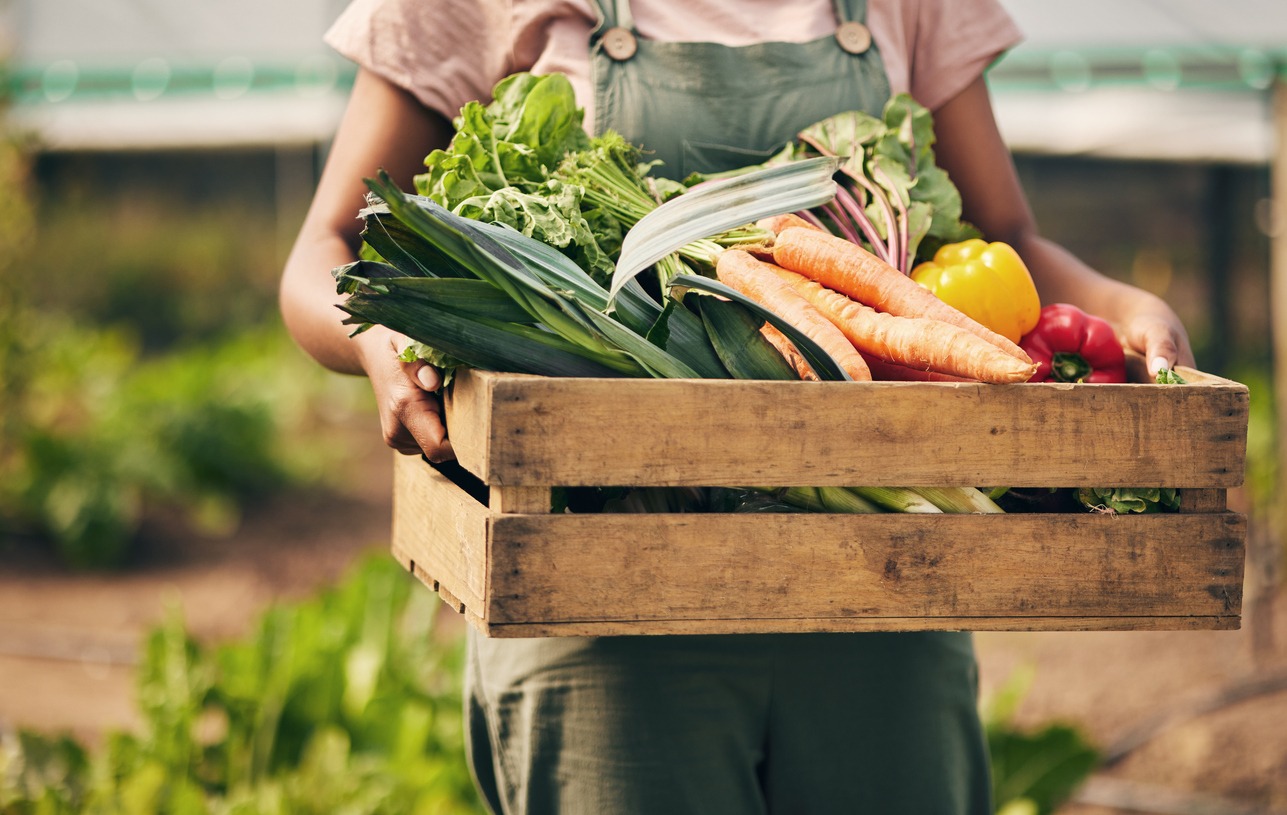Eco-Friendly Kitchen Waste Disposal Methods to Help the Environment

With increasing awareness of environmental challenges, people everywhere are looking for practical ways to reduce their footprint. In the kitchen, where waste often piles up the fastest, adopting eco-friendly disposal methods can make a significant difference. These methods not only help cut down on waste in landfills but also offer resources for your home, like compost for your garden or even renewable energy.
By implementing the following methods, you can turn kitchen waste into valuable resources and create a more sustainable lifestyle. From composting and recycling to waste-to-energy and biogas production, here’s how to transform your kitchen into an eco-friendly powerhouse.
1. Composting
Composting is one of the simplest and most effective ways to handle kitchen waste. By allowing organic materials to decompose naturally, you can turn food scraps and yard trimmings into nutrient-rich soil that benefits your garden and the environment.
Benefits of Composting
Composting has numerous environmental benefits. It deflects a significant portion of municipal solid waste from landfills, reducing the production of methane—a potent greenhouse gas that forms when organic waste decomposes anaerobically in landfills. Plus, compost enriches the soil, enhancing plant growth and reducing the need for chemical fertilizers.
How to Start Composting at Home
Starting a compost pile at home is easier than it might seem. Here’s a step-by-step guide:
- Choose a Composting Space: Designate an outdoor spot for your compost pile, or if space is limited, get a compost bin.
- Add the Right Materials: Composting requires a balance of “greens” (like fruit and vegetable scraps) and “browns” (like dried leaves or cardboard). Avoid meat, dairy, and oily foods to prevent odors and pests.
- Aerate Regularly: Turn your compost pile every few weeks to allow air in, which speeds up decomposition.
- Monitor Moisture: Your compost should feel like a wrung-out sponge. If it’s too dry, add water; if it’s too wet, add more browns.
Vermicomposting for Small Spaces
For those with limited space, vermicomposting—using worms to break down waste—is an excellent alternative. A worm bin fits well in small apartments and can handle various food scraps like fruit peels, coffee grounds, and bread.
Community Composting Programs
If you don’t have space or want to compost materials that are trickier at home, like meat and dairy, consider joining a community composting program. These programs can handle a wider variety of materials and make composting accessible for everyone.
Composting not only reduces waste but also gives back to the soil, supporting plant growth and fostering a healthier environment.
2. Reducing Food Waste at Home
Composting is a great way to manage organic waste, but reducing food waste in the first place is even better. By being mindful of what and how we consume, we can significantly decrease the amount of food that ends up in the bin.
Plan Smarter, Waste Less
Effective meal planning is one of the simplest ways to reduce food waste. Plan meals based on what you already have, create a shopping list and stick to it. By buying only what you need, you can avoid food spoilage and save money.
Storage Tips to Keep Food Fresh Longer
Proper storage extends the life of fresh produce and prevents premature spoilage. For instance:
- Leafy Greens: Wrap in a damp paper towel and store in a breathable bag.
- Herbs: Place in a glass of water with a plastic bag over the top, like a bouquet.
- Freezing Leftovers: Freeze extras and label them to avoid forgetting them in the fridge.
Creative Leftovers: Turning Scraps into Meals
Get creative with leftovers! Vegetable scraps can be used to make broth, stale bread becomes croutons, and extra rice can be transformed into fried rice or rice pudding. These practices help reduce waste while stretching your grocery budget.
3. Efficient Recycling Practices

Recycling is essential in eco-friendly waste disposal. By recycling effectively, you can reduce the need for resource extraction, conserve energy, and limit the amount of waste in landfills. However, recycling requires careful attention to materials and cleanliness to maximize its impact.
High-Impact Recyclables
Focus on recycling materials that are particularly effective, like:
- Aluminum and Steel: Recycling metal reduces the need for energy-intensive mining.
- Glass: Glass can be recycled indefinitely without loss of quality.
- Cardboard and Paper: Flatten boxes and ensure they’re dry before recycling.
- Plastics: Prioritize #1 and #2 plastics, like PET and HDPE, which are widely accepted and recycled.
Recycling Tips for the Home
- Rinse Containers: Dirty containers can contaminate other recyclables, making the whole batch unusable.
- Separate Materials Properly: Follow local recycling guidelines to avoid “wish-cycling” or putting non-recyclables in the recycling bin.
- Crush Cans and Flatten Boxes: Save space in your recycling bins by compacting items.
Plastic Recycling Realities
Plastic is a complex material, and despite recycling symbols, only about 6% of plastic actually gets recycled. Avoid plastic film and focus on durable, reusable items when possible.
4. Waste-to-Energy Conversion Methods
For kitchen waste that can’t be recycled or composted, waste-to-energy (WTE) conversion offers an innovative solution. This method transforms non-recyclable waste into renewable energy, reducing landfill usage and providing clean power.
How Waste-to-Energy Works
WTE plants burn non-recyclable trash in controlled facilities, producing electricity and heat. Unlike uncontrolled backyard burning, these plants minimize toxic emissions through strict regulations and advanced technology.
Global Examples
Countries like Sweden lead the way in WTE technology, converting over 50% of their waste into energy. In the United States, 64 WTE plants process 11.8% of municipal solid waste, offering a cleaner alternative to landfills.
Supporting Local Waste-to-Energy Initiatives
Even if your waste isn’t directly processed in a WTE facility, you can support these programs through community advocacy. Check with your local waste management to see if WTE is available in your area.
5. Biogas Production from Kitchen Scraps
Biogas production is another eco-friendly way to manage kitchen waste, allowing you to create renewable energy right at home. Through anaerobic digestion, organic matter from kitchen scraps breaks down into biogas—a valuable fuel for cooking, heating, and even electricity generation.
How Biogas Production Works
Anaerobic digesters break down organic waste in the absence of oxygen, producing biogas (a mix of methane and carbon dioxide) and nutrient-rich digestate that can be used as a fertilizer.
Setting Up a Home Biogas System
A home biogas digester can be a worthwhile investment for those committed to reducing waste. These systems allow you to:
- Generate Cooking Fuel: Use biogas in a gas stove.
- Heat Your Home: Some biogas systems can supply heating fuel.
- Power Small Appliances: Generate electricity from biogas for small household needs.
Environmental Impact of Biogas
By producing biogas, you prevent kitchen scraps from emitting methane in landfills. Additionally, biogas can replace fossil fuels for cooking, further reducing your carbon footprint.
Conclusion
Adopting eco-friendly kitchen waste disposal methods is a powerful step toward sustainable living. From composting and reducing food waste to recycling, waste-to-energy, and biogas production, each approach offers unique benefits for both the environment and your home.
Start with one or two methods that suit your lifestyle and expand as you become more comfortable. Every effort counts, and together, these small steps create a significant impact. Embrace eco-friendly kitchen waste disposal today and be part of the change for a cleaner, greener planet.




